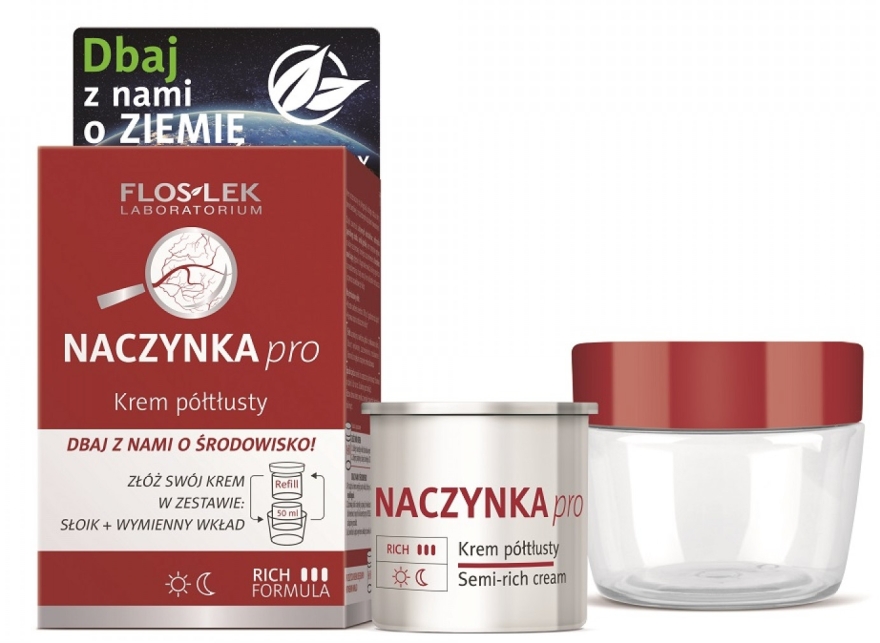
While accurate assessment of intravascular volume status is best accomplished through a combination of these methods, this article will focus specifically on measuring capillary refill time and its growing application in guiding medical diagnosis and subsequent management.

More objective indicators of hypovolemia include laboratory abnormalities (increased BUN, increased creatinine, increasing lactate, fluctuating hemoglobin levels, increased urine specific gravity, oliguria, or anuria) and radiographic derangements (increased collapsibility of the IVC on ultrasound, reduced cardiac chamber diameters on ultrasound or CT, changes in transpulmonary thermodilution).
#Brisk capillary refill skin
Briefly, markers of reduced perfusion include abnormal vital signs (hypotension, tachycardia, increased pulse pressure variation) and deranged physical exam findings (delayed CRT, dry mucous membranes, poor skin turgor, absence of diaphoresis, altered mental status). Volume status can also be assessed via other clinical exams and objective measurements. Information obtained from CRT assessment can then guide fluid resuscitation strategies, reassess an implemented therapy, and define the endpoint of treatment.

Examples of these pathologic states include but are not limited to hypo and hyperthermia, all forms of shock, hemorrhage, loss of plasma volume in burns, gastrointestinal losses through diarrhea or vomiting, over-diuresis, and anaphylactic reactions. Capillary refill time (CRT) is a useful and rapid metric in determining the intravascular volume status of ill patients, particularly those with conditions that arise or result from hypovolemia.


 0 kommentar(er)
0 kommentar(er)
